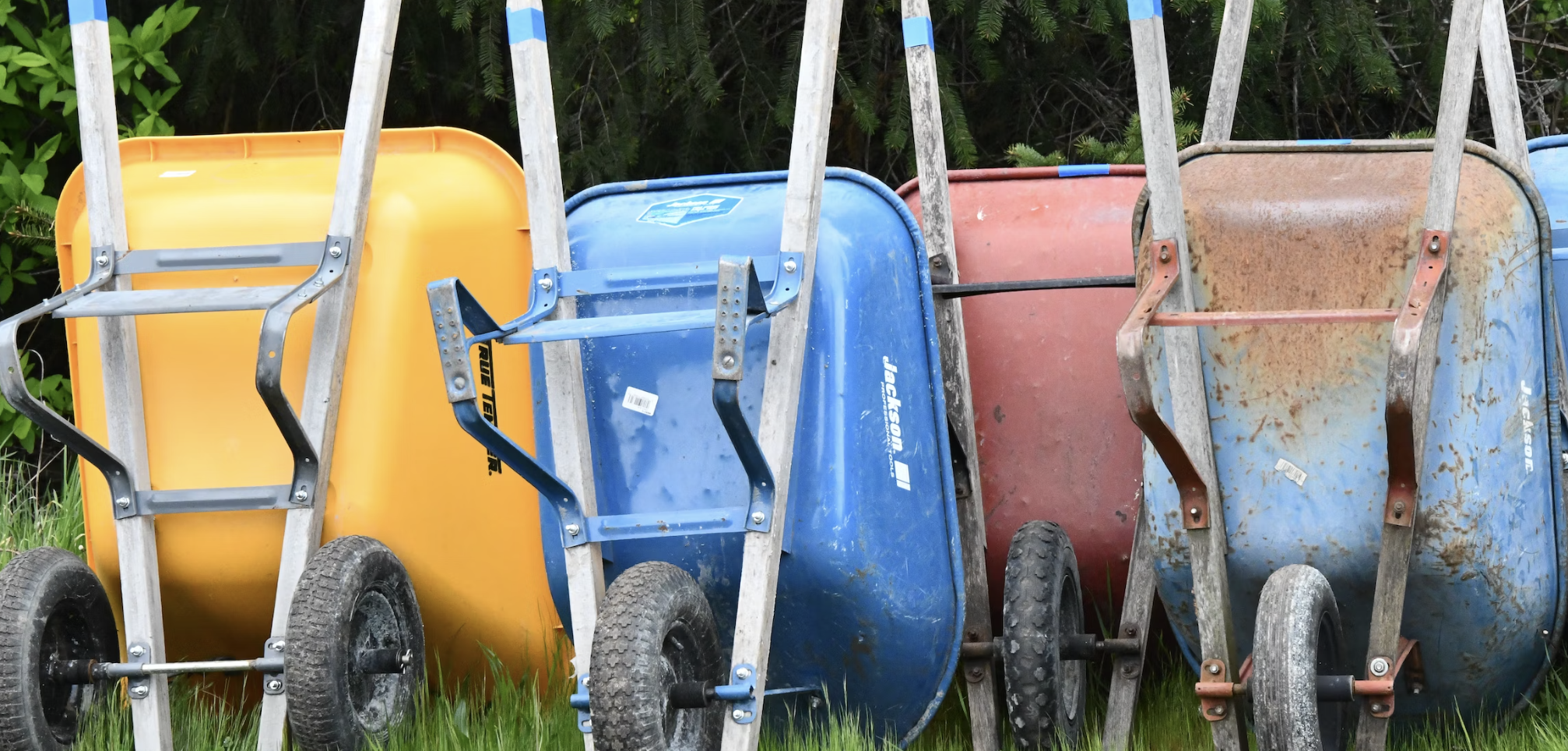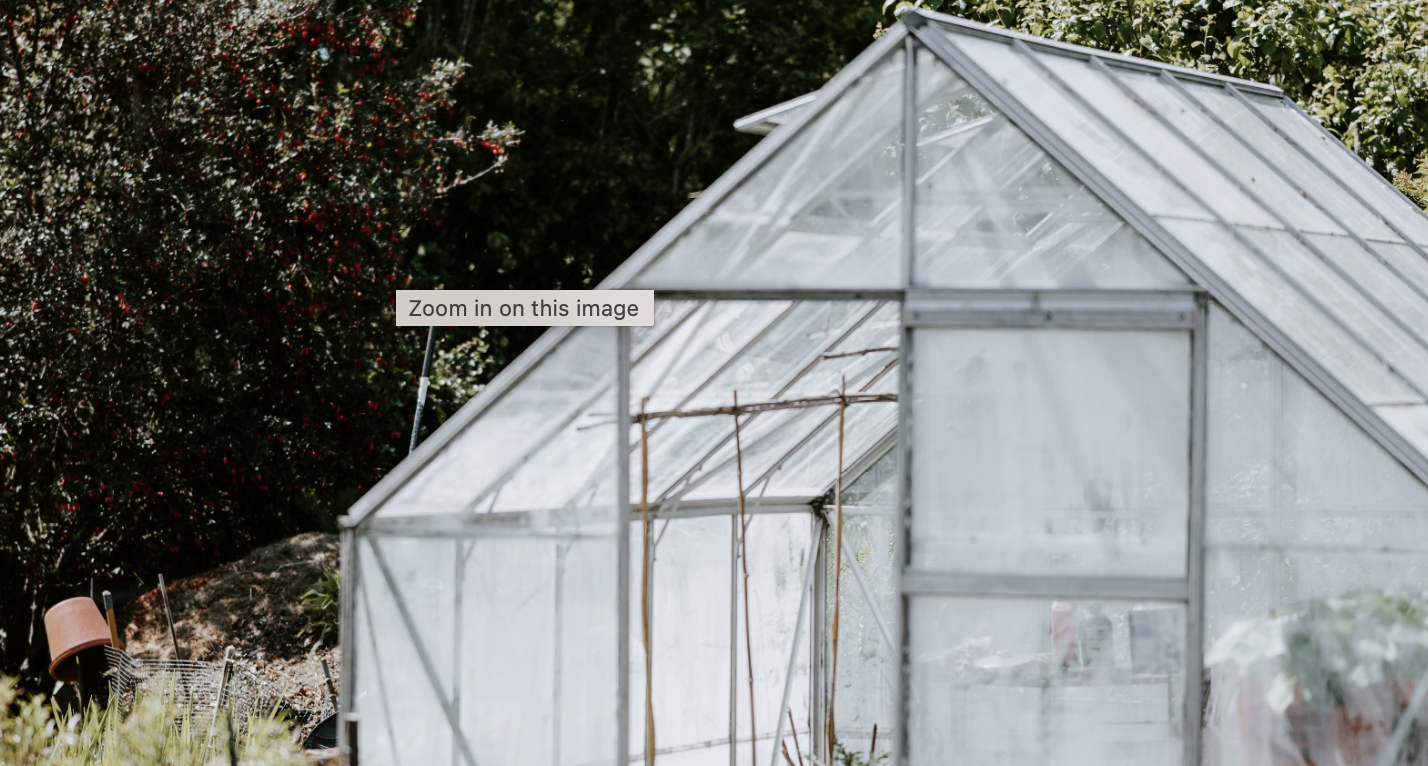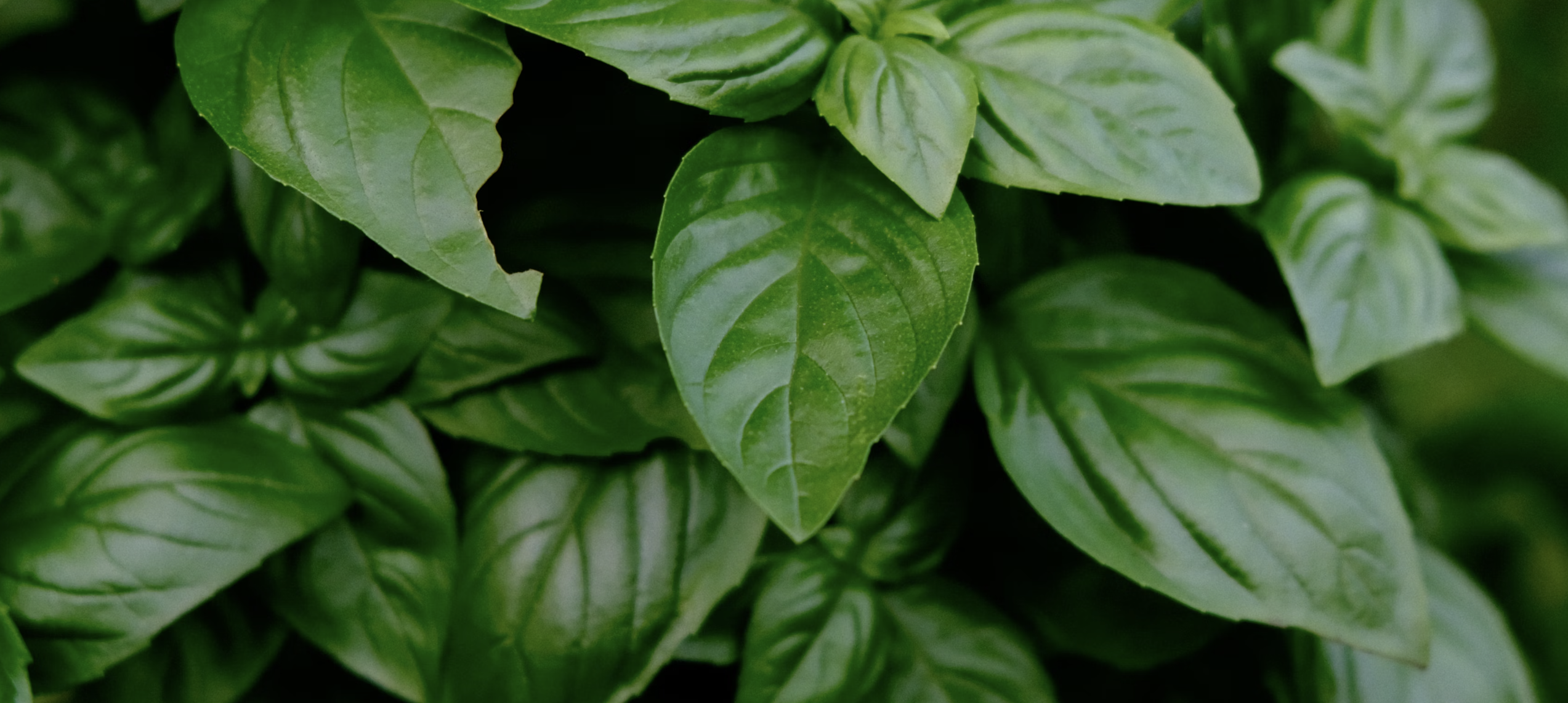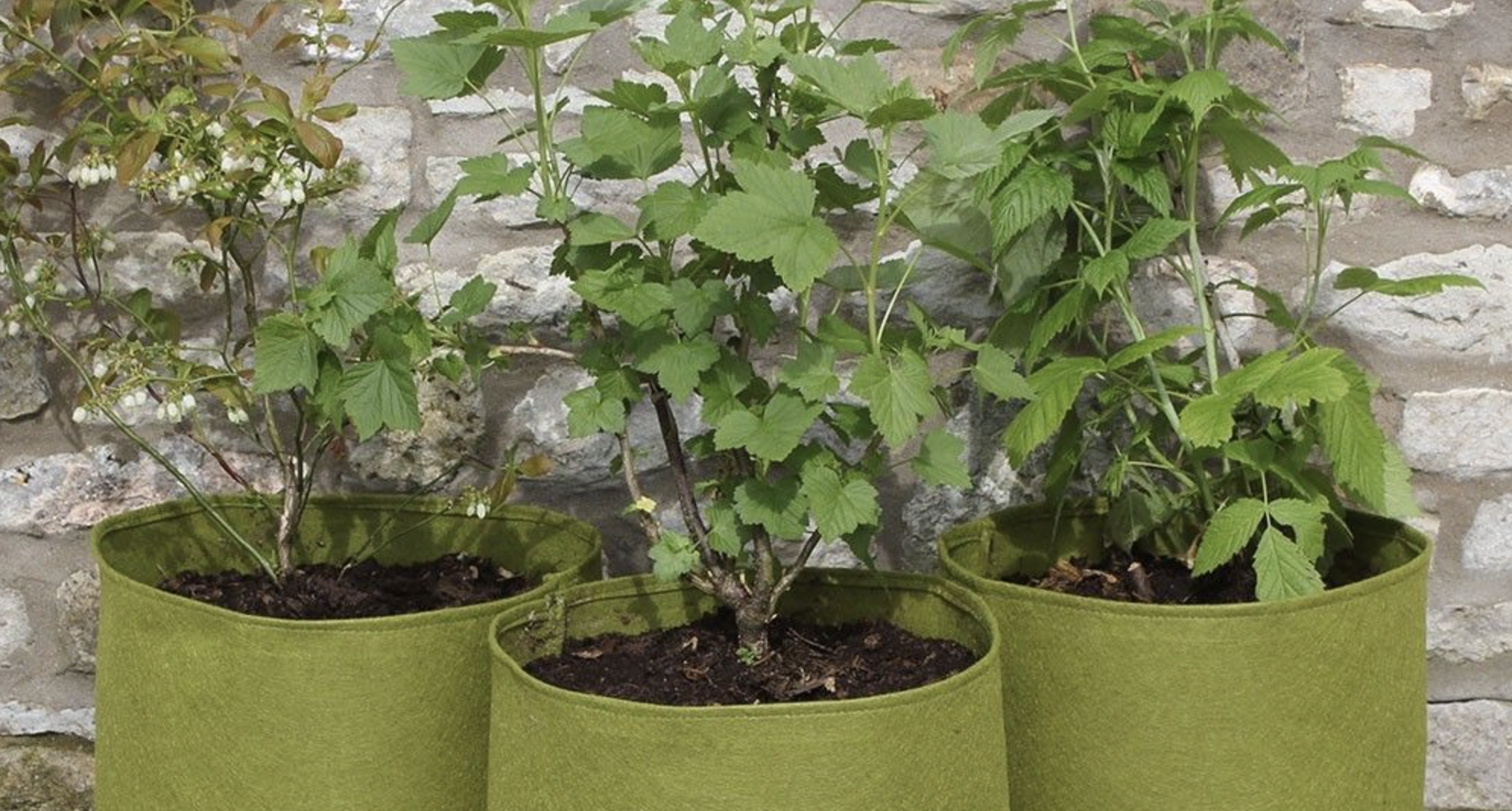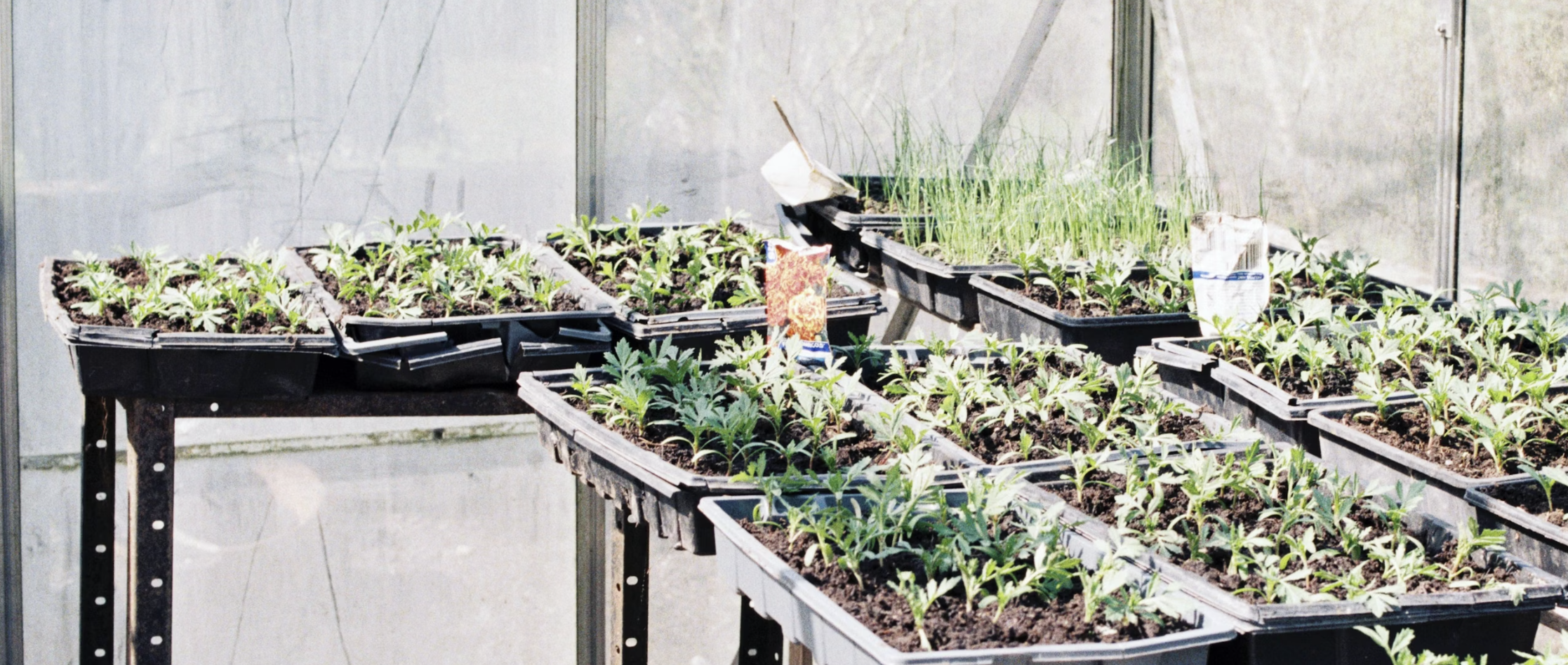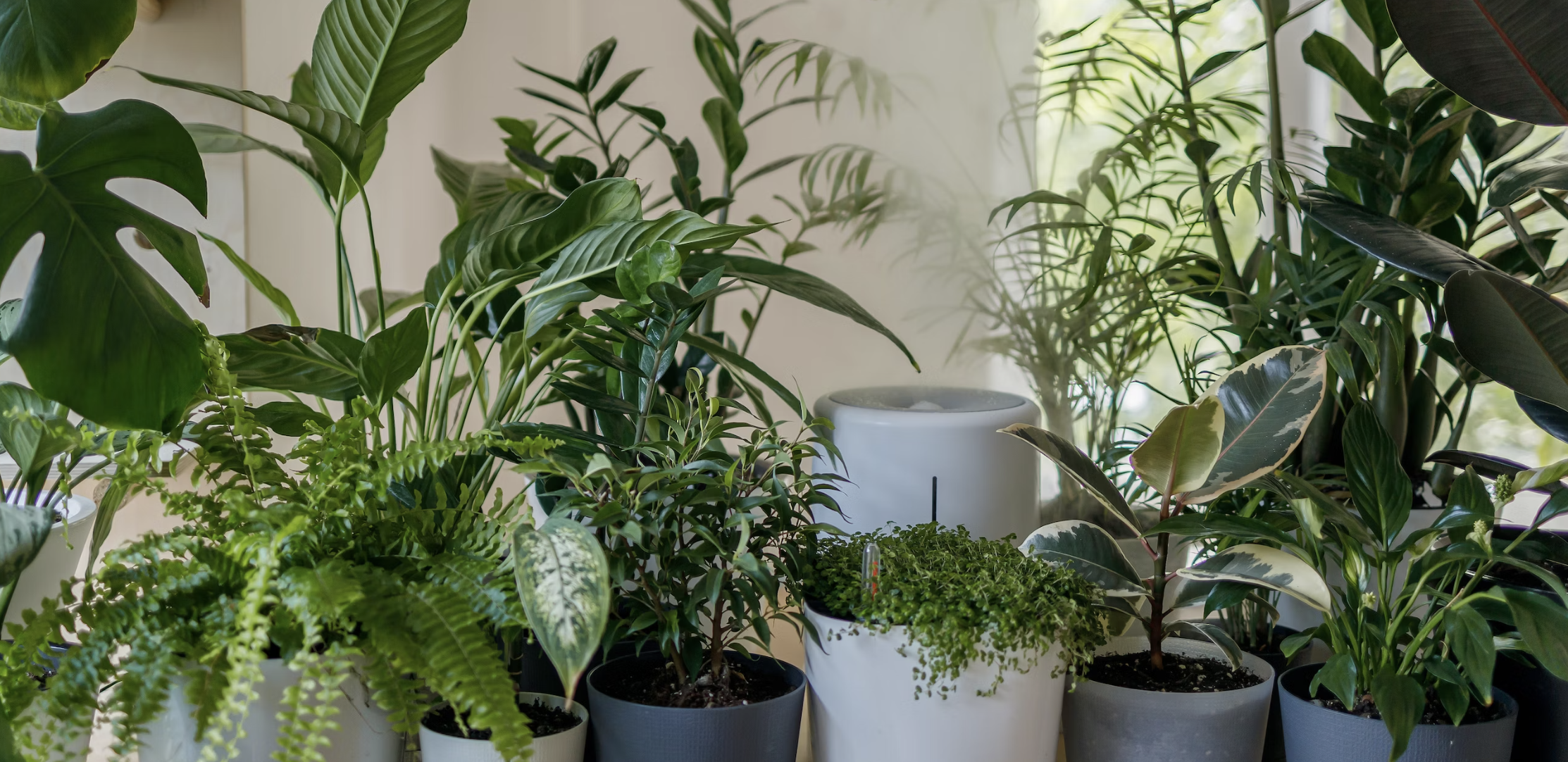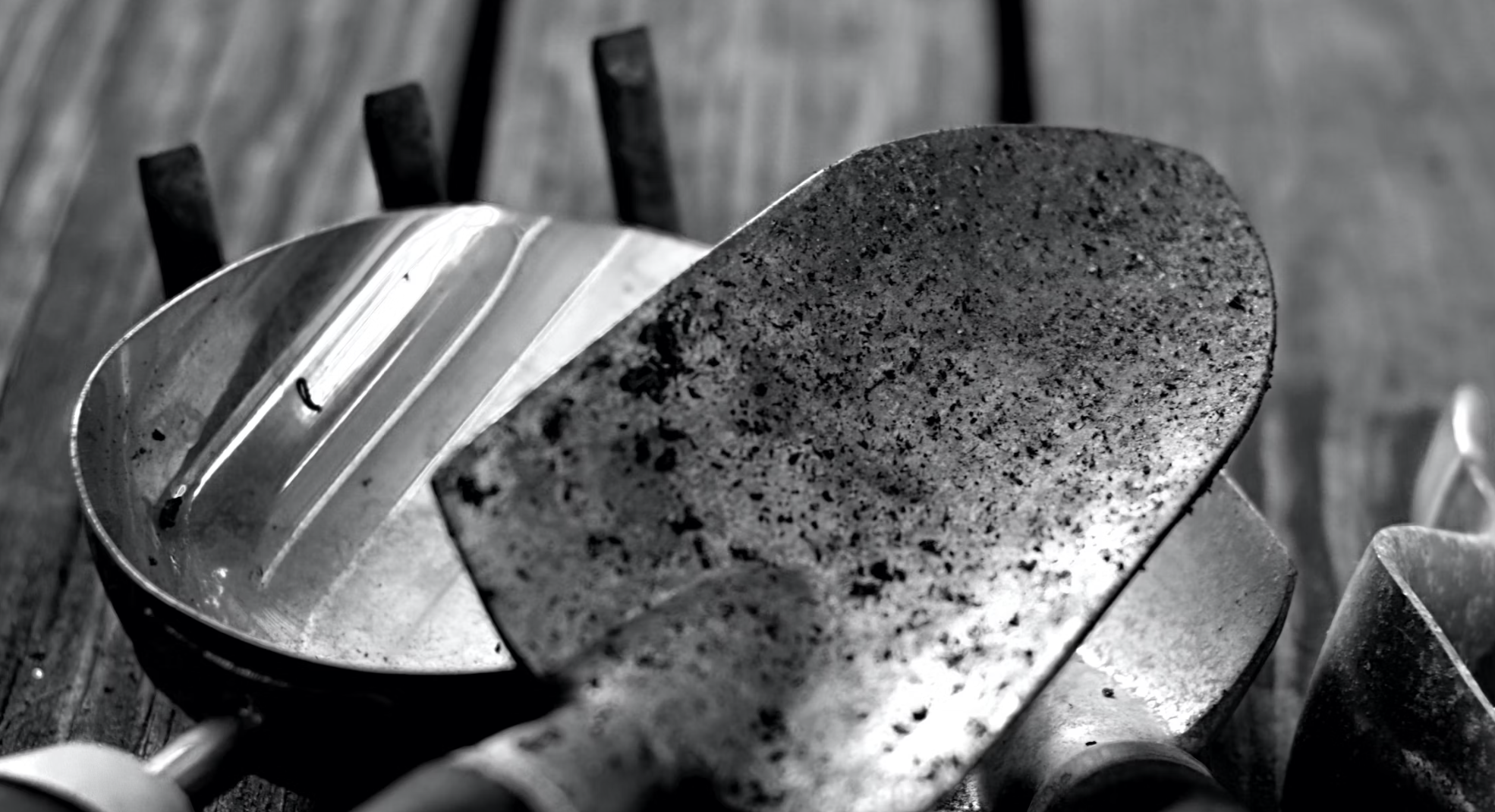
From planting seeds to potting plants, a garden trowel is a versatile and essential tool for any outdoor space. Whether you have a backyard garden, a rooftop oasis, or a balcony filled with potted plants, the garden trowel is your go-to tool for all your gardening needs. With its sturdy design and sharp blade, it is perfect for breaking up soil, digging holes, and transferring plants.
But did you know that a garden trowel has a variety of other uses beyond traditional gardening? This handy tool can also be used for tasks like transplanting seedlings, removing weeds, and even mixing soil. Its compact size and ergonomic handle make it easy to maneuver, allowing you to tackle any gardening task with ease.
In this article, we will explore the many uses of a garden trowel in your outdoor space. From preparing the soil for planting to maintaining your garden, this versatile tool is a must-have for any gardener. So grab your garden trowel and get ready to make the most of your outdoor space!
Choosing the right garden trowel for your needs
A garden trowel comes in various shapes and sizes, each designed for specific gardening tasks. The most common types of garden trowels include the traditional pointed trowel, transplanting trowel, and hand rake.
The traditional pointed trowel is perfect for digging small holes, breaking up soil, and planting seeds. Its pointed tip allows for precise digging, while its wide blade provides stability. The transplanting trowel, on the other hand, has a narrow blade that is ideal for transplanting seedlings and delicate plants. Its curved shape helps to minimize root damage during the transplanting process. Lastly, the hand rake is a small trowel with multiple teeth on one side, which is used for cultivating and loosening soil, as well as removing weeds.
When choosing a garden trowel, consider the type of gardening tasks you will be performing. If you are mainly planting seeds and small plants, a traditional pointed trowel will suffice. However, if you plan on transplanting and cultivating more frequently, investing in a transplanting trowel and hand rake will be beneficial. Remember, having the right tool for the job will make your gardening experience much easier and more enjoyable.
Planting with a garden trowel: Techniques and tips
Planting with a garden trowel is a straightforward process that requires a few simple techniques. First, prepare the soil by removing any weeds or debris. Then, use your garden trowel to dig a hole that is slightly larger than the root ball of the plant you are planting. Gently place the plant into the hole, ensuring that the top of the root ball is level with the surrounding soil. Use the back of your trowel to firm the soil around the plant, making sure it is secure and stable.
When planting seeds, use the pointed tip of your trowel to create small furrows or holes in the soil. Drop the seeds into the holes, following the spacing recommendations on the seed packet. Cover the seeds with soil and lightly pat them down using the back of your trowel. Water the newly planted seeds or plants thoroughly to help them settle into their new environment.
Here are a few tips to keep in mind when planting with a garden trowel:
1. Spacing is key: Ensure that you give each plant enough space to grow and spread its roots. Overcrowding can lead to stunted growth and competition for nutrients.
2. Depth matters: Pay attention to the recommended planting depth for each plant. Planting too shallow or too deep can affect the plant's ability to establish itself.
3. Avoid damaging roots: When digging holes, be gentle to avoid damaging the roots of existing plants. The pointed tip of the trowel allows for precise digging without disturbing nearby roots.
Remember, successful planting starts with proper soil preparation and careful handling of your plants. With your garden trowel in hand, you'll be able to create a thriving garden that brings you joy and satisfaction.
Potting plants with a garden trowel: Step-by-step guide
Potting plants is a common practice for gardeners who have limited space or want more control over their plant's growing conditions. The process involves transferring a plant from one container to another, usually a larger pot or planter. With a garden trowel, potting plants becomes a breeze.
To pot a plant using a garden trowel, follow these simple steps:
1. Choose the right pot: Select a pot that is slightly larger than the current container, providing enough space for the plant's roots to grow. Ensure that the pot has drainage holes to prevent waterlogging.
2. Prepare the pot: Fill the bottom of the pot with a layer of fresh potting soil. This will help create a stable base for the plant and aid in drainage.
3. Remove the plant from its current container: Gently tap the sides of the container to loosen the plant's root ball. Carefully lift the plant out, holding it by the base of the stem or the root ball.
4. Place the plant in the new pot: Position the plant in the center of the new pot, ensuring that it is at the same level as it was in the previous container. Fill the sides of the pot with potting soil, gently firming it around the plant.
5. Water and settle: After potting, water the plant thoroughly to help settle the soil and remove any air pockets. Add more soil if needed, ensuring that the plant is stable and secure.
Potting plants with a garden trowel allows for precise control and easy maneuvering. The sharp blade and ergonomic handle make it effortless to dig and transfer plants, ensuring minimal disturbance to the root system. Whether you're potting herbs for your kitchen or creating a stunning floral arrangement, your garden trowel will be your trusted companion in the potting process.
Weeding and cultivating with a garden trowel
Weeding is an essential part of maintaining a healthy and thriving garden. A garden trowel is a versatile tool that can be used to remove weeds effectively and cultivate the soil around your plants.
To remove weeds with a garden trowel, follow these steps:
1. Identify the weeds: Before removing any weeds, take the time to identify which plants are weeds and which are desirable. This will prevent accidentally removing plants you want to keep.
2. Loosen the soil: Use the trowel to loosen the soil around the base of the weed. This will make it easier to remove the entire plant, including the roots.
3. Dig and lift: Position your trowel under the weed's root system and gently lift it out of the ground. Try to get as much of the root system as possible to prevent regrowth.
4. Dispose of the weeds: Place the removed weeds in a bag or compost pile to prevent them from reseeding or spreading.
Cultivating with a garden trowel involves loosening the soil around your plants to promote better airflow, water penetration, and nutrient absorption. Gently rake the trowel through the top layer of soil, being careful not to damage any plant roots. This process also helps to break up any compacted soil, making it easier for plant roots to grow and spread.
Remember to be thorough when weeding and cultivating, as even small weeds can quickly take over your garden if left unchecked. Regular maintenance with your garden trowel will keep your outdoor space looking tidy and prevent weeds from competing with your plants for resources.
Other creative uses for a garden trowel in your outdoor space
While a garden trowel is primarily designed for gardening tasks, it can also be used in various creative ways to enhance your outdoor space. Here are a few ideas:
1. Creating furrows for irrigation: Use your trowel to dig shallow furrows in your garden beds, allowing water to flow directly to your plants' roots.
2. Harvesting root vegetables: The pointed tip of a trowel is ideal for gently lifting root vegetables like carrots or radishes from the ground.
3. Mixing soil and compost: When preparing new planting beds or adding soil amendments, use your trowel to mix the soil and compost thoroughly.
4. Dividing perennials: A garden trowel can be used to separate clumps of perennials, making it easier to propagate and transplant them.
5. Creating garden markers: Write the names of your plants on small stones or wooden pieces, then use your trowel to create a small hole in the soil to place the markers.
By thinking outside the box, you can find even more creative uses for your garden trowel. Its versatility makes it a valuable tool in any outdoor space, whether you're tending to a garden, maintaining a balcony garden, or sprucing up your patio.
Maintaining and caring for your garden trowel
To ensure the longevity of your garden trowel, regular maintenance and proper care are essential. Here are some tips to keep your trowel in top shape:
1. Clean after each use: After using your trowel, remove any dirt or debris with a brush or damp cloth. This will prevent rust and keep the blade sharp.
2. Oil the blade: Apply a thin layer of oil to the blade, especially if you live in a humid or wet climate. This will help prevent rust and keep the blade functioning smoothly.
3. Store properly: Store your trowel in a dry place to prevent moisture buildup. Hang it on a wall or store it in a shed or garage, away from direct sunlight.
4. Sharpen regularly: Over time, the blade of your trowel may become dull. Use a sharpening tool or file to maintain its sharpness, ensuring efficient digging and cutting.
By following these maintenance tips, you can extend the life of your garden trowel and keep it in optimal condition for years to come.
Recommended garden trowels for different gardening tasks
When it comes to choosing a garden trowel, there are several options available on the market. Here are a few recommendations based on different gardening tasks:
1. Pointed trowel: A traditional pointed trowel with a wide blade, such as the Fiskars Traditional Garden Trowel, is perfect for general gardening tasks like planting seeds, digging small holes, and breaking up soil.
2. Transplanting trowel: For transplanting delicate seedlings and small plants, consider a transplanting trowel like the Corona CT 3010I. Its narrow blade and curved shape allow for precise and gentle transplanting.
3. Hand rake: If you have a lot of cultivating and weeding to do, a hand rake like the Edward Tools Hand Cultivator and Weed Removal Tool is an excellent choice. Its multiple teeth and ergonomic handle make it easy to cultivate soil and remove weeds.
Remember to choose a garden trowel that suits your specific gardening needs. Investing in high-quality tools will not only make your gardening tasks more enjoyable but also save you time and effort in the long run.
Conclusion: The versatile tool for every gardener
From planting seeds and potting plants to weeding and cultivating, a garden trowel is an indispensable tool for any outdoor space. Its versatility and ease of use make it a must-have for every gardener, whether you have a large garden or a small balcony filled with potted plants.
In this article, we explored the different types of garden trowels and their uses, as well as techniques and tips for planting and potting with a garden trowel. We also discussed how a garden trowel can be used for weeding, cultivating, and other creative tasks in your outdoor space. Remember to maintain and care for your garden trowel to ensure its longevity and optimal performance.
So, the next time you step into your garden or outdoor oasis, grab your trusty garden trowel and discover the endless possibilities it offers. Whether you're a seasoned gardener or just starting out, this versatile tool will be your go-to companion for all your gardening adventures. Happy gardening!



